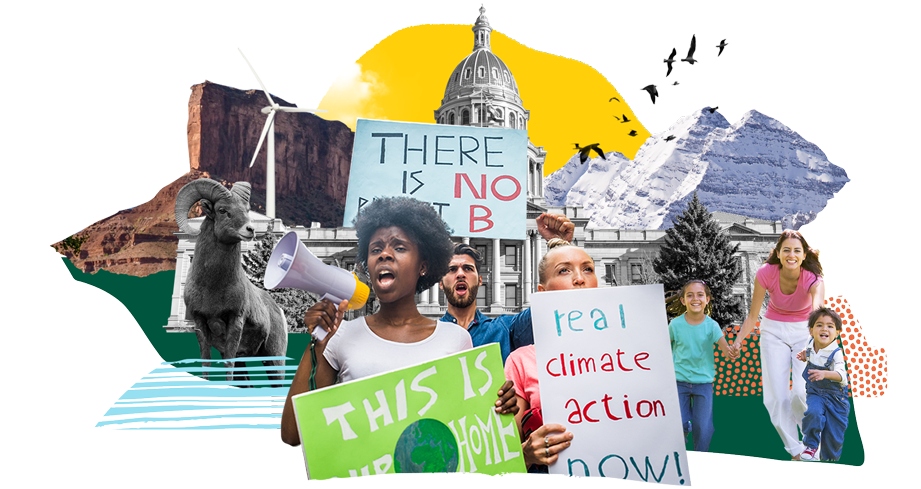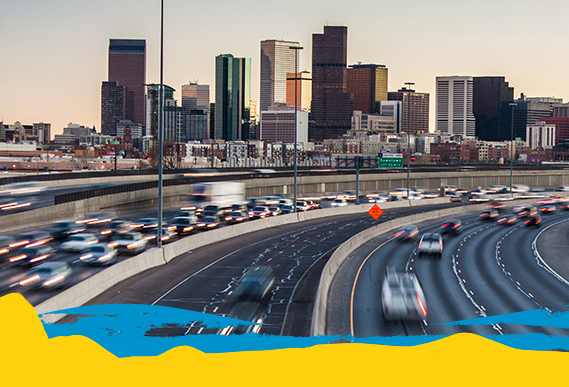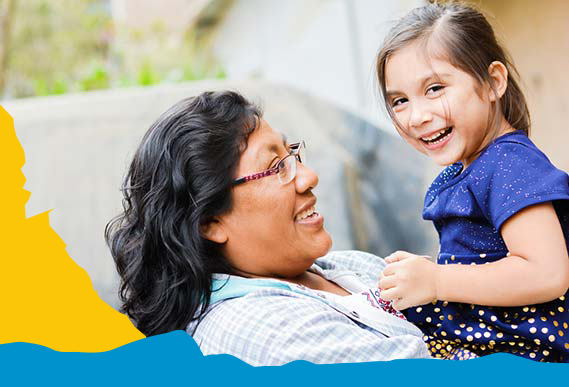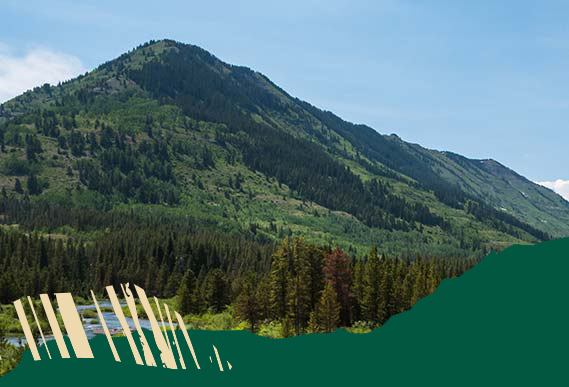The Future Is Worth The Fight

We are Conservation Colorado. We are in the fight to secure a healthy environment.
Our work drives policies and elevates leaders that advance climate action and environmental justice. We help them do it, and hold them to it.
Through organizing, advocacy and elections, we build political power that drives Colorado toward a better future.
The future is worth the fight—for ourselves, our communities and for generations of Coloradans to come.

Our Work
We bring people and politics forward. Our work is about building collective power, leading nationally and creating a pathway so environmental action is within reach for all communities

Climate
We work to ensure a healthy environment and justice for every community in our state

Community Engagement
We are creating a pathway so environmental action is within reach for all communities

Elections
We elevate leaders across the state to ensure Colorado advances climate action and environmental justice

Public Lands
We protect Colorado’s public lands and wildlife from the harmful impacts of climate change and pollution

Water
We bring solutions to ensure our state has enough water for future generations
Support a Healthy Environment for All Coloradans
Together, we can protect Colorado’s air, lands, water and communities
Conservation Colorado is a 501(c)(4) organization as defined by the Internal Revenue Service (IRS), contributions are not tax-deductible. The first $50 of all eligible donations will be transferred to Conservation Colorado Action Fund’s Small Donor Committee (SDC), which directly supports pro-environment candidates in the most important state and local races across Colorado. To make a tax deductible donation to the Conservation Colorado Education Fund, click here.
By providing your contact information you agree that Conservation Colorado and affiliates may contact you by email, cell phone call, and/or text message, as applicable, about programs, membership & other matters.
Prefer to make a contribution by mail? Please send it to: 303 E. 17th Ave., Suite 400, Denver, CO 80203
